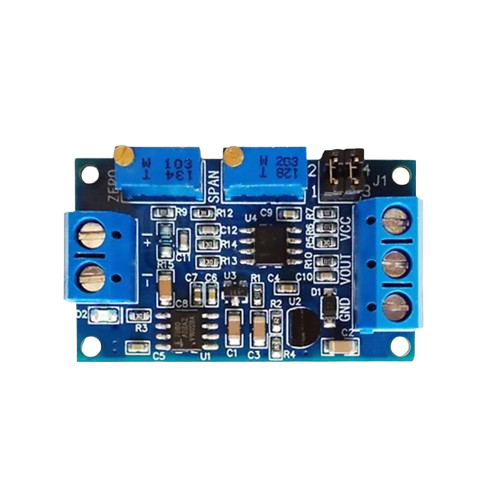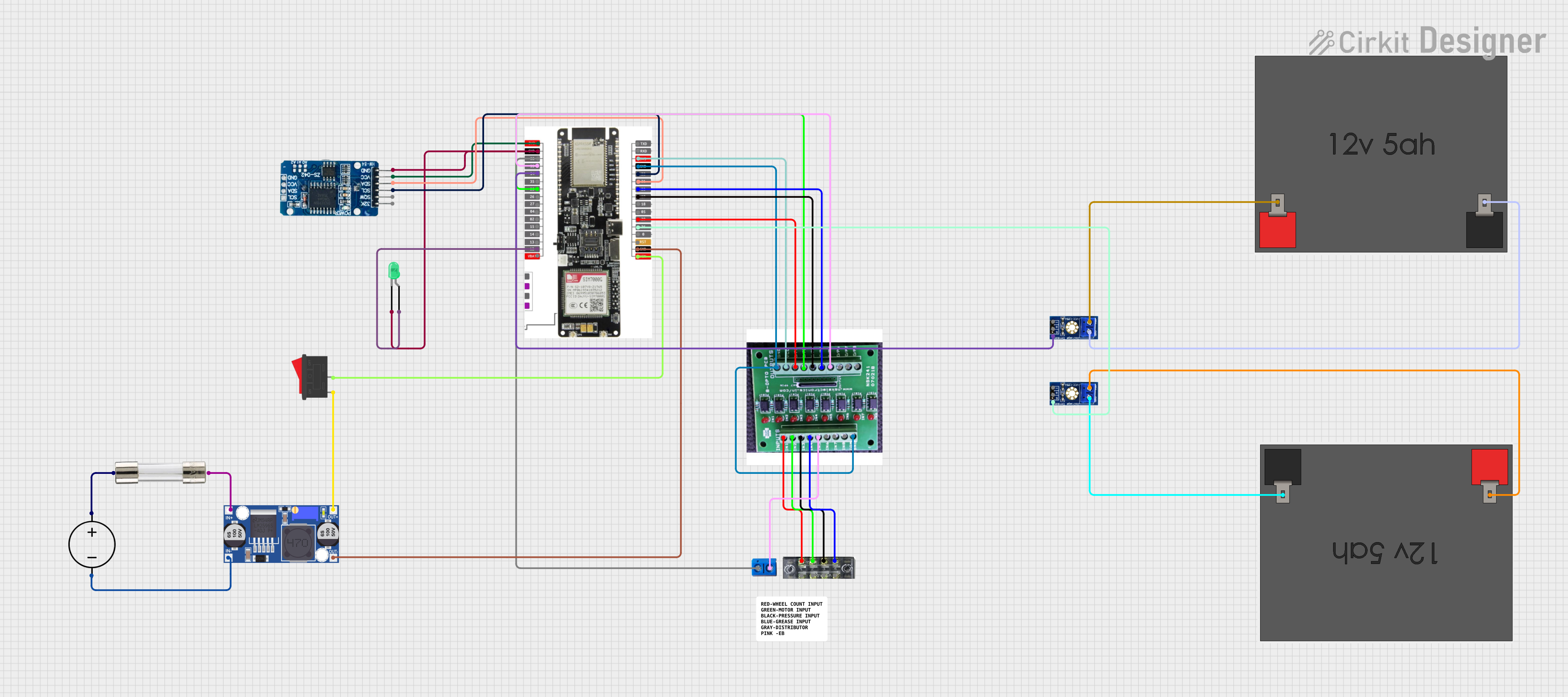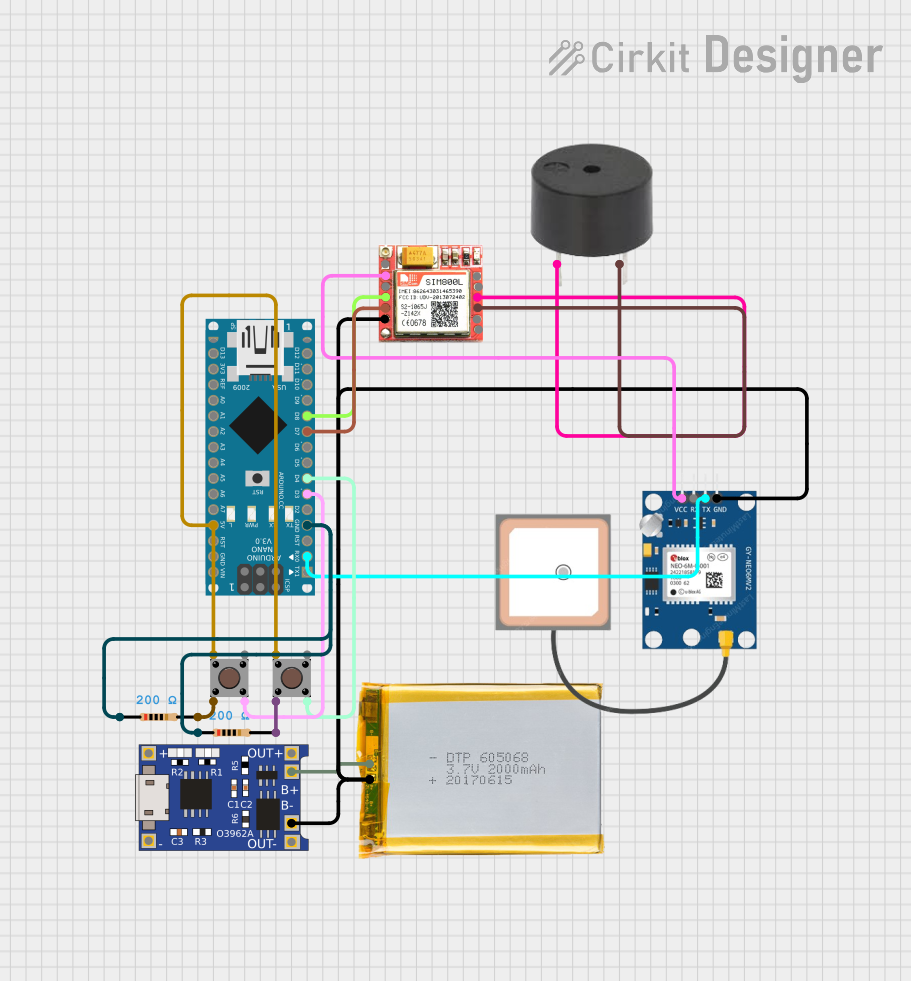
How to Use MD0662: Examples, Pinouts, and Specs

 Design with MD0662 in Cirkit Designer
Design with MD0662 in Cirkit DesignerIntroduction
The MD0662 is a high-performance, low-power operational amplifier (op-amp) designed for precision signal processing applications. It offers a wide bandwidth, low noise, and high slew rate, making it ideal for tasks such as analog signal conditioning, active filtering, and instrumentation amplification. Its robust design ensures reliable performance in both industrial and consumer electronics.
Explore Projects Built with MD0662

 Open Project in Cirkit Designer
Open Project in Cirkit Designer
 Open Project in Cirkit Designer
Open Project in Cirkit Designer
 Open Project in Cirkit Designer
Open Project in Cirkit Designer
 Open Project in Cirkit Designer
Open Project in Cirkit DesignerExplore Projects Built with MD0662

 Open Project in Cirkit Designer
Open Project in Cirkit Designer
 Open Project in Cirkit Designer
Open Project in Cirkit Designer
 Open Project in Cirkit Designer
Open Project in Cirkit Designer
 Open Project in Cirkit Designer
Open Project in Cirkit DesignerCommon Applications
- Signal amplification in sensor circuits
- Active filters for audio and communication systems
- Precision instrumentation amplifiers
- Analog-to-digital converter (ADC) buffering
- Low-noise preamplifiers for audio and medical devices
Technical Specifications
The MD0662 is engineered to deliver exceptional performance in demanding applications. Below are its key technical specifications:
| Parameter | Value |
|---|---|
| Supply Voltage Range | ±2.5V to ±15V (dual supply) |
| Input Offset Voltage | 0.5 mV (typical) |
| Input Bias Current | 10 nA (typical) |
| Gain Bandwidth Product | 10 MHz |
| Slew Rate | 5 V/µs |
| Input Noise Density | 4 nV/√Hz @ 1 kHz |
| Output Voltage Swing | ±(Vcc - 1.5V) |
| Operating Temperature | -40°C to +85°C |
| Package Options | SOIC-8, DIP-8 |
Pin Configuration
The MD0662 is available in an 8-pin package. Below is the pinout and description:
| Pin Number | Pin Name | Description |
|---|---|---|
| 1 | Offset Null | Offset voltage adjustment (optional) |
| 2 | Inverting Input (-) | Inverting input terminal |
| 3 | Non-Inverting Input (+) | Non-inverting input terminal |
| 4 | V- (GND) | Negative power supply or ground |
| 5 | Offset Null | Offset voltage adjustment (optional) |
| 6 | Output | Amplified output signal |
| 7 | V+ | Positive power supply |
| 8 | NC (No Connect) | Not connected internally |
Usage Instructions
The MD0662 is versatile and easy to integrate into various analog circuits. Below are guidelines for its proper usage:
Basic Circuit Configuration
To use the MD0662 as a basic amplifier:
- Connect the V+ pin to the positive supply voltage and the V- pin to the negative supply voltage or ground (for single-supply operation).
- Feed the input signal to the Non-Inverting Input (+) or Inverting Input (-), depending on the desired configuration (non-inverting or inverting amplifier).
- Connect the Output pin to the load or the next stage of the circuit.
- Use appropriate feedback resistors to set the gain of the amplifier.
Important Considerations
- Power Supply Decoupling: Place decoupling capacitors (e.g., 0.1 µF ceramic and 10 µF electrolytic) close to the power supply pins to minimize noise.
- Offset Null Adjustment: If precise offset voltage correction is required, connect a 10 kΩ potentiometer between the two Offset Null pins (1 and 5) and tie the wiper to the positive supply.
- Input Impedance: Ensure the source impedance is low enough to avoid signal attenuation or distortion.
- Thermal Management: Operate the MD0662 within its specified temperature range to prevent performance degradation.
Example: Connecting MD0662 to an Arduino UNO
The MD0662 can be used to amplify an analog signal before feeding it into an Arduino UNO's ADC. Below is an example circuit and code:
Circuit Description
- Connect the MD0662 in a non-inverting amplifier configuration.
- The input signal is applied to the Non-Inverting Input (+).
- The output of the MD0662 is connected to an analog input pin (e.g., A0) of the Arduino UNO.
Arduino Code
// Example code to read an amplified signal from the MD0662
// and display the ADC value on the serial monitor.
const int analogPin = A0; // Pin connected to MD0662 output
void setup() {
Serial.begin(9600); // Initialize serial communication at 9600 baud
}
void loop() {
int adcValue = analogRead(analogPin); // Read the ADC value
float voltage = adcValue * (5.0 / 1023.0); // Convert ADC value to voltage
Serial.print("ADC Value: ");
Serial.print(adcValue);
Serial.print(" | Voltage: ");
Serial.print(voltage, 3); // Print voltage with 3 decimal places
Serial.println(" V");
delay(500); // Wait for 500 ms before the next reading
}
Best Practices
- Use shielded cables for input signals to minimize noise pickup.
- Avoid exceeding the maximum supply voltage to prevent damage to the component.
- For high-frequency applications, ensure proper PCB layout to reduce parasitic capacitance and inductance.
Troubleshooting and FAQs
Common Issues
No Output Signal
- Cause: Incorrect power supply connections or insufficient supply voltage.
- Solution: Verify the power supply connections and ensure the voltage is within the specified range.
Distorted Output
- Cause: Overloading the output or incorrect feedback resistor values.
- Solution: Check the load impedance and ensure it is within the op-amp's drive capability. Verify the feedback network design.
High Noise in Output
- Cause: Poor power supply decoupling or external noise interference.
- Solution: Add decoupling capacitors near the power supply pins and use shielded cables for input signals.
Offset Voltage Too High
- Cause: Unadjusted offset null pins.
- Solution: Use a potentiometer to fine-tune the offset voltage.
FAQs
Q1: Can the MD0662 operate with a single power supply?
Yes, the MD0662 can operate with a single supply. Connect the V- pin to ground and ensure the input signal stays within the common-mode voltage range.
Q2: What is the maximum gain I can achieve with the MD0662?
The maximum gain depends on the feedback resistor values and the bandwidth of the op-amp. For high gains, ensure the gain-bandwidth product (10 MHz) is not exceeded.
Q3: Is the MD0662 suitable for audio applications?
Yes, the MD0662's low noise and wide bandwidth make it an excellent choice for audio preamplifiers and active filters.
Q4: How do I protect the MD0662 from voltage spikes?
Use clamping diodes and series resistors at the input to protect the op-amp from voltage transients.